
History & Overview

History & Overview
At Longwood, bright, hardworking students learn to lead. As a top-ranked public University in the heart of Virginia, Longwood pairs a classical liberal arts curriculum with hands-on experience in the field. Our small, close-knit community supports each student to grow, every day, toward his or her ideals.
Scroll DownLEARNING TO LEAD
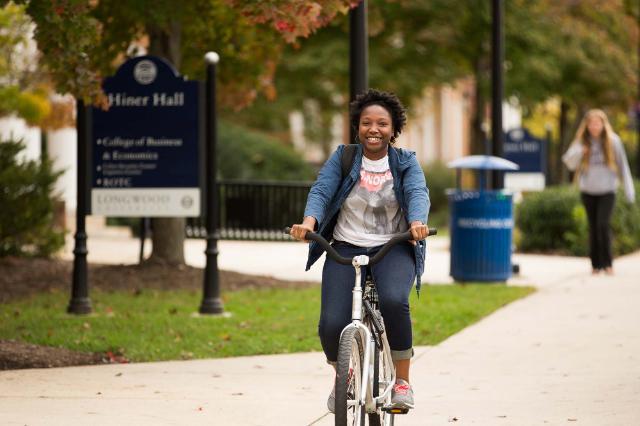
Longwood holds deep historical roots, but over nearly two centuries our curriculum has evolved dramatically. President W. Taylor Reveley IV, who took office in 2013, continues to emphasize the liberal arts and sciences as the heart of the academic enterprise for all Longwood students — many of whom go on to major in our outstanding pre-professional programs like business and nursing. All Longwood students also experience our mission of educating citizen leaders firsthand, developing the critical thinking, leadership skills and integrity needed to graduate as lifelong learners and leaders.
-
5,000students
-
175years of growth
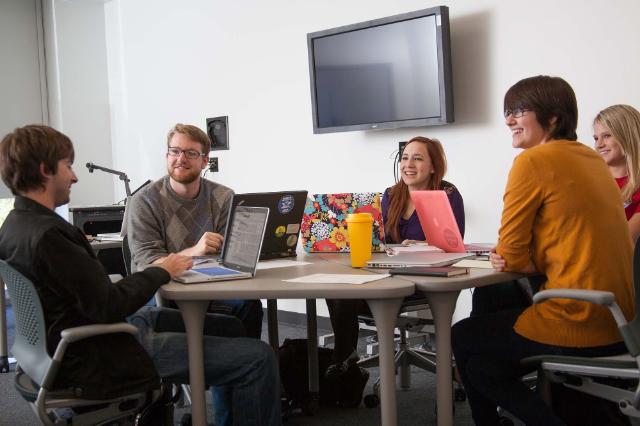
Academics, Faculty & Internships
Today, Longwood students enjoy dozens of majors across three undergraduate academic colleges and a graduate college, supported by an honors college. Faculty are known for their commitment to personalized teaching, and their ranks include winners of state and national teaching awards. Many complement classroom instruction with hands-on research, and there is a university-wide commitment over the coming years to expose every student to an undergraduate research experience with a faculty mentor. Longwood is one of the few colleges in the country where all students complete an internship or similar learning experience before graduation.
-
18-1student-teacher ratio
-
5colleges
Longwood students also benefit from resources further afield, including the Dr. James W. Jordan Archaeology Field School in Cumberland State Forest, and Hull Springs Farm, a 662-acre property along a tributary of the Chesapeake Bay in Westmoreland County. With 8,400 feet of tidal shoreline, Hull Springs is emerging as a centerpiece of Longwood’s expanding programs in biology and environmental education. Its living shoreline project has effectively halted shoreline erosion and created a biologically diverse marsh that serves as an important teaching tool for Longwood students and a sanctuary for critical plant and wildlife species. Hull Springs is also home to a 400 year old Red Oak Tree that predates the Jamestown settlement. Even farther from Farmville, many students participate in study abroad programs all over the world each year.
Longwood University is accredited by the Southern Association of Colleges and Schools Commission on Colleges (SACSCOC) to award baccalaureate and master’s degrees. Degree-granting institutions also may offer credentials such as certificates and diplomas at approved degree levels. Questions about the accreditation of Longwood University may be directed in writing to the Southern Association of Colleges and Schools Commission on Colleges at 1866 Southern Lane, Decatur, GA 30033-4097, by calling (404) 679-4500, or by using information available on SACSCOC’s website (www.sacscoc.org).
Individual colleges and programs are also accredited by other agencies.
Learn more about each of Longwood’s Colleges
LANCER LIFE
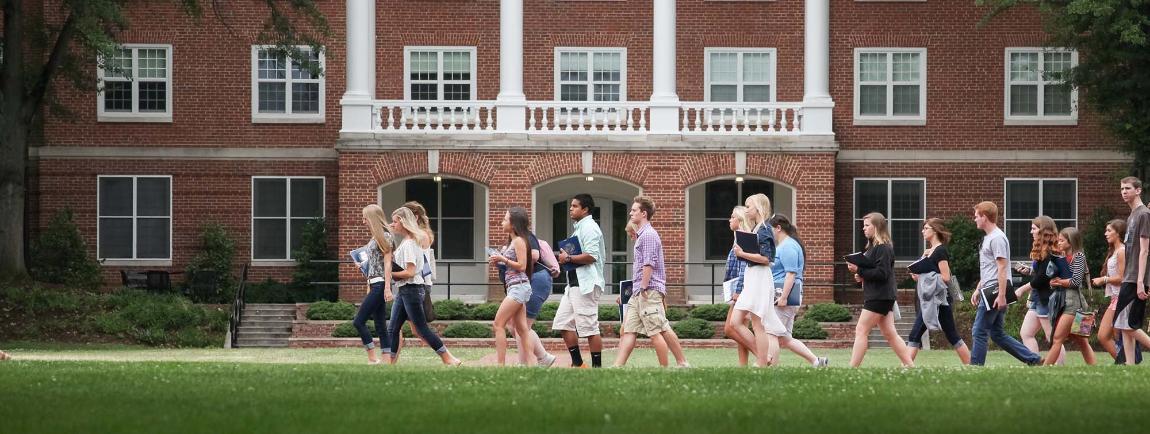
Longwood students, faculty and alumni all share roots in historic Farmville, Virginia — a charming, close-knit community in the heart of Virginia, and America’s oldest two-college town. Longwood’s campus is surrounded by locally-owned shops and restaurants and Hampden-Sydney College — another historic Virginia institution — is just down the road.
Lancers are known for their commitment to leadership — and often that starts right here on campus. Students participate in more than 175 campus organizations, including thriving art and athletic programs and a vibrant, service-oriented Greek system, and more than 650 hold a primary leadership position in an organization.

Most students live on campus or very close by — which makes it easy to walk to class, run into friends, visit with professors during office hours and cheer on our division I basketball team. In 2007, Longwood began competing in NCAA Division I athletics. Among Division I schools, Longwood is among the 50 oldest institutions in the country. We are a member of the Big South Conference.
Longwood’s historic campus residence halls have benefited from recent renovations, in addition to two new residence halls in the heart of campus—Register and Sharp Halls. Just off of the main campus, many upperclassmen live in three campus-managed apartment communities, which feature private bedrooms, full kitchens, fitness rooms, game rooms and a swimming pool.
-
175+campus organizations
-
4national sororities founded at Longwood
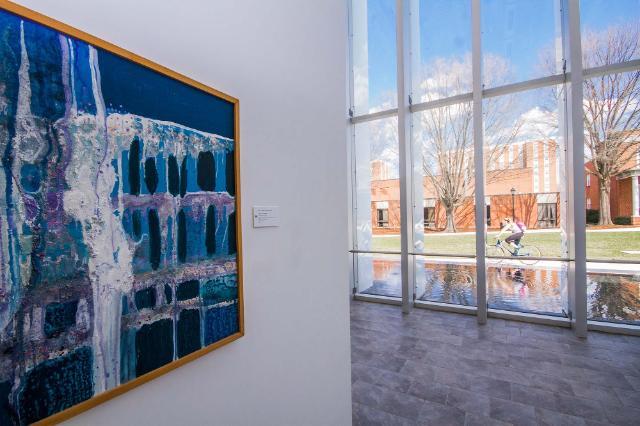
Longwood's Campus
Our classical, tree-lined campus — bustling every day with over 5,000 students and 275 faculty — creates a warm, supportive home base for current, former and future Lancers.
Longwood’s campus continues to evolve as our curriculum and community expand. In Fall, 2016, our newest residence halls, Sharp and Register Halls, welcomed students. Other state-of-the-art buildings include the 75,000-square-foot Pierson Hall (Health and Fitness Center), with an indoor track, basketball and racquetball courts, climbing wall, and the cutting-edge training equipment. The 2009 Center for Communication Studies and Theatre features a 174-seat "black box" theater and a smaller studio theater, plus a scene shop, costume shop and drafting lab.
-
$150 Millionin active campus development
-
Certified LEED GoldHealth & Fitness Center
The campus was transformed by the 2004 opening of Brock Commons, a park-like pedestrian promenade that replaced what had been a street running through the heart of campus, providing a focal point for campus while eliminating traffic and safety hazards. Other signature spaces on campus include Eason Hall; the Cole Gallery, featuring a collection of more than 500 pieces of 19th-century Bohemian glass; Blackwell Hall; and the state-of-the-art Chichester Science Center, which opened 2005 and includes 23 classrooms and laboratories. Just a few steps from campus on Farmville’s Main Street are the Longwood Center for the Visual Arts, one of just a few dozen nationally accredited university art museums in the country, and the Robert Russa Moton Museum for Civil Rights in Education.
The university’s signature building with its famous Rotunda, dates to the 1880s and was rebuilt after a 2001 fire that took place in the midst of a $12 million renovation. Eight paintings on the interior of the rotunda dome, created in 1905 by the Italian-born artist Eugene D. Monfalcone of Richmond, had been removed for restoration prior to the fire and were later returned to the reconstructed building. An historic statue of Joan of Arc, affectionately known to generations of alumni as "Joanie on the Stony," was also recently restored and returned to its place of honor on the main floor beneath the rotunda.
There are currently $150 million in active capital projects underway at various stages of planning and development, including a new University Center that will become the central spoke of student life, a new Student Success Center and a new academic building. Meanwhile, underscoring Longwood’s environmental commitment, the university has for 30 years used biomass (sawdust) to produce steam to provide heat and hot water for campus. Longwood is one of the few universities in the nation that burns biomass for heating fuel.
LEADERSHIP
President Reveley, Longwood’s 26th president, is the latest in a long line of leaders and Lancers. His grandmother, Marie Eason Reveley ’40, her two sisters and her mother Carrie Rennie Eason ‘1910, were Longwood graduates; and his great-grandfather, Dr. Thomas D. Eason, chaired our biology department in the early 20th century. President Reveley’s father, W. Taylor Reveley III, is president of the College of William & Mary, and his grandfather, W. Taylor Reveley II, was president of Hampden-Sydney from 1963-77.
A graduate of Princeton University, Union Presbyterian Seminary and the University of Virginia School of Law, President Reveley practiced law with Hunton & Williams and then served as coordinating attorney of the National War Powers Commission co-chaired by former Secretaries of State James Baker and Warren Christopher. Immediately prior to assuming Longwood’s presidency, he was managing director of the University of Virginia’s Miller Center, a nonpartisan institute focused on the U.S. presidency, policy and political history. He and his wife Marlo are the parents of young twins, May and Quint.
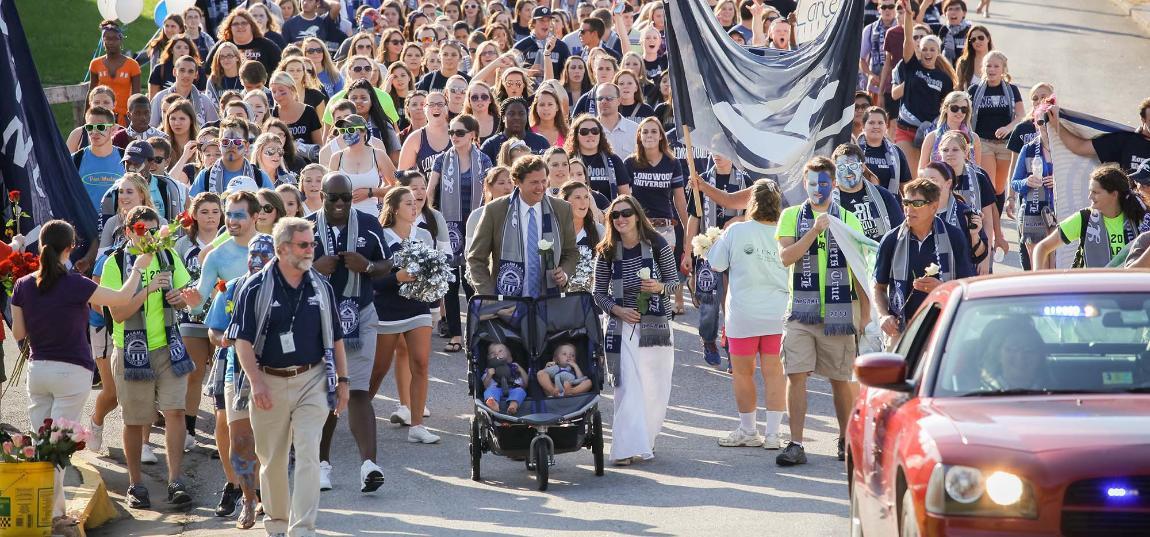
LEGACY
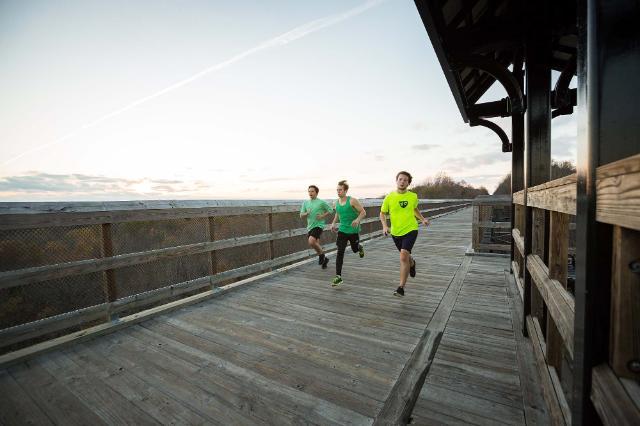
Founded in 1839 as the Farmville Female Seminary Association, Longwood’s history has been one of constant growth and evolution. The institution had a series of names over its early history, becoming Longwood College in 1949, turning fully co-ed in 1976, and in 2002, becoming Longwood University.
One of the remarkable facts of Longwood’s history is its close connection to two transcendent historical events. The Civil War ended at one end of campus, with one of the last skirmishes of the war occurring at High Bridge, a few miles outside town. On April 7, 1865, General Lee held one of his final war meetings in Farmville, a few blocks from campus. He was trying to provision his tired, hungry troops, but was quickly forced to continue his retreat. General Grant arrived with Union forces just a few hours later and he reviewed his troops from a hotel just a few blocks away. Two days later, when Lee surrendered a few miles west at Appomattox, the war came to an end. Today, High Bridge is the centerpiece of High Bridge State Park, a 31-mile "rails-to-trails" pathway for bicycling, hiking and horseback riding that runs across Farmville’s Main Street and is easily accessible from campus.
Nearly a century later, the modern civil rights movement arguably began also just a few steps from campus, with a student-led strike at Moton High School over conditions at their segregated school. Those students eventually became one of five groups of plaintiffs in the Brown vs. Board of Education lawsuit, and were the only group of protesters led by schoolchildren, rather than parents. Today, Moton is a National Historic Landmark and award-winning museum. Through coursework and service learning opportunities, hundreds of Longwood students visit Moton each year. In 2015, Longwood and Moton entered into a formal affiliation.
